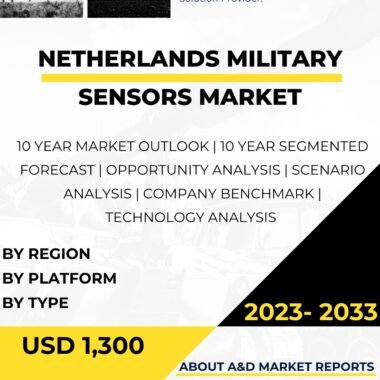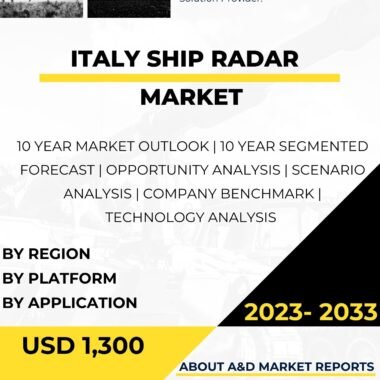Description
Underwater communication is a critical aspect of modern naval operations, enabling the United States to maintain connectivity and coordination among its submarines, surface vessels, and maritime assets. The underwater environment presents unique challenges for communication due to the absorption and scattering of acoustic signals, making it significantly different from traditional radio frequency communication used in the air and space domains. Over the years, the U.S. Navy has developed and deployed advanced underwater communication technologies to ensure reliable and secure communication capabilities in the challenging underwater domain.
The need for effective underwater communication became apparent during World War I when submarines played an increasingly significant role in naval warfare. Early attempts at underwater communication relied on simple techniques, such as striking the hull of a submarine to send Morse code signals through the water. However, this method was limited in range and accuracy, prompting the search for more sophisticated solutions.
During World War II, advancements in underwater communication technology gained momentum. Hydrophones, sensitive underwater microphones, were deployed to detect and locate enemy submarines. These early hydrophones helped improve situational awareness, but they did not provide a means for two-way communication between submarines and other naval assets.
The development of underwater sound projectors, known as sonar transducers, allowed submarines to transmit acoustic signals over longer distances. Early sonar systems provided a basic form of communication, but their use was limited to simple signals and commands.
The post-World War II period witnessed significant progress in underwater communication technology. The introduction of digital signal processing and advanced modulation techniques enabled the transmission of more complex data, expanding the capabilities of underwater communication systems. The U.S. Navy began experimenting with underwater acoustic modems, which allowed submarines to exchange data with other submerged assets and surface vessels.
During the Cold War, the need for secure and reliable underwater communication became even more critical. Submarines served as a vital component of the U.S. Navy’s strategic nuclear deterrence, and they required constant connectivity with command centers and other assets. The advent of secure acoustic communication systems, such as the Submarine Satellite Information Exchange Subsystem (SSIXS), allowed submarines to receive encrypted messages and maintain contact with higher headquarters even while submerged.
The 1970s and 1980s saw the development of advanced underwater acoustic communication systems capable of providing high data rates and improved signal processing. The U.S. Navy’s Sound Surveillance System (SOSUS) network, composed of hydrophone arrays on the ocean floor, greatly enhanced the ability to monitor and communicate with submarines at long distances.
The introduction of submarine-launched unmanned vehicles further increased the demand for robust underwater communication systems. These unmanned underwater vehicles (UUVs) required real-time communication links with their operators and other naval assets, necessitating the development of underwater acoustic modems and networking capabilities.
The advent of digital signal processing and spread spectrum techniques revolutionized underwater communication in the 1990s. Spread spectrum communication allowed for improved reliability, noise resistance, and simultaneous communication with multiple assets. Additionally, the use of low-frequency bands facilitated longer-range communication in the underwater environment.
The 21st century brought further advancements in underwater communication technology. Underwater acoustic modems with adaptive communication protocols enabled reliable data transmission in challenging underwater conditions. These modems automatically adjusted their transmission parameters to optimize communication performance based on changing acoustic environments.
The development of unmanned underwater communication relays expanded the reach and endurance of UUVs. Autonomous underwater vehicles (AUVs) equipped with acoustic modems acted as communication hubs, allowing data to be relayed between submerged submarines and surface vessels.
Moreover, the integration of satellite and other above-water communication systems with underwater networks enhanced the overall connectivity of naval assets. Underwater-to-surface communication links provided seamless integration between the underwater and above-water domains, supporting joint operations and ensuring information sharing across all domains.
Underwater communication systems also played a crucial role in supporting scientific research and environmental monitoring. Acoustic sensors and communication networks were deployed for oceanographic research, marine biology studies, and environmental monitoring of underwater ecosystems.
Despite the advancements in underwater communication, challenges persist. The underwater environment remains unpredictable, with variations in temperature, salinity, and water currents affecting acoustic propagation. Noise pollution from natural sources, such as marine life, and human activities, such as shipping and oil exploration, can interfere with communication signals.
Additionally, potential adversaries’ development of advanced acoustic detection and jamming technologies poses a threat to secure and reliable underwater communication. The U.S. Navy continues to invest in research and development to stay ahead of evolving threats and maintain its edge in underwater communication capabilities.
Looking to the future, the U.S. Navy is exploring emerging technologies to further enhance underwater communication. Research in acoustic metamaterials and signal processing algorithms aims to improve the efficiency and performance of underwater communication systems. The integration of artificial intelligence and machine learning into underwater communication networks holds the promise of optimizing network operations and enhancing signal processing capabilities.
In conclusion, underwater communication is a critical enabler of modern naval operations, supporting connectivity and coordination among U.S. submarines, surface vessels, and maritime assets. From the early use of hydrophones and sonar in World War II to the development of sophisticated underwater acoustic modems and networking systems, the U.S. Navy has continuously evolved its underwater communication capabilities. Advancements in digital signal processing, spread spectrum techniques, and adaptive communication protocols have significantly improved data rates and reliability in the challenging underwater environment.




